November 10 stands as one of history’s most eventful days, witnessing the rise and fall of empires, groundbreaking discoveries, and moments that shaped our modern world across centuries of human achievement.

Politics and Government Events on November 10
1918 – Western Union Receives Secret Armistice Message
The Western Union Cable Office in North Sydney, Nova Scotia, received a top-secret coded message from Europe announcing the end of World War I. The message declared that all fighting would cease on November 11, 1918, across land, sea, and air.
This historic communication traveled swiftly to Ottawa and Washington, D.C., marking the final diplomatic coordination before the Great War’s conclusion. The message represented the culmination of years of devastating global conflict and the beginning of a new era.
1942 – Germany Invades Vichy France
Nazi Germany launched Operation Case Anton, invading the supposedly neutral Vichy France following Admiral François Darlan’s armistice agreement with the Allies in North Africa. German forces crossed the demarcation line, effectively ending the fiction of French sovereignty.
The invasion demonstrated Hitler’s ruthless pragmatism when allies became liabilities. This occupation unified French resistance movements and accelerated the complete Allied liberation of France.
1971 – Khmer Rouge Attacks Phnom Penh
Khmer Rouge forces launched a devastating assault on Cambodia’s capital city and its airport, killing 44 people and wounding at least 30 others. The attack destroyed nine aircraft and demonstrated the rebels’ growing military capabilities.
This assault marked a significant escalation in Cambodia’s civil war. The attack foreshadowed the eventual Khmer Rouge victory and the subsequent humanitarian catastrophe that would engulf the nation.
1989 – Todor Zhivkov Removed from Power
Bulgaria’s longtime communist leader Todor Zhivkov was forcibly removed from office after 35 years of authoritarian rule. Petar Mladenov replaced him as the Eastern Bloc’s democratic revolutions gained momentum.
Zhivkov’s removal represented Bulgaria’s peaceful transition from communist dictatorship to democracy. The bloodless coup reflected the broader collapse of Soviet influence across Eastern Europe during this pivotal year.
2019 – Evo Morales Resigns as Bolivia’s President

President Evo Morales and several government officials resigned after 19 days of civil protests and military recommendations following disputed election results. The resignation ended Morales’ nearly 14-year presidency and sparked political turmoil.
The military’s intervention highlighted deep divisions within Bolivian society over democratic processes. Morales’ departure marked the end of South America’s longest-serving leftist leader and triggered a constitutional crisis.
Military and Naval History on November 10
1944 – USS Mount Hood Ammunition Ship Explodes
The ammunition ship USS Mount Hood exploded catastrophically at Seeadler Harbour in the Admiralty Islands, killing at least 432 personnel and wounding 371 others. The massive detonation destroyed the vessel completely and damaged surrounding ships.
The explosion created a mushroom cloud visible for miles and left a crater on the ocean floor. This tragedy represented one of the deadliest non-combat naval disasters in U.S. military history during World War II.
1945 – Battle of Surabaya Intensifies
Heavy fighting erupted in Surabaya between Indonesian nationalist forces and returning Dutch colonial troops following Japan’s World War II surrender. The battle became a pivotal moment in Indonesia’s independence struggle.
Indonesian fighters demonstrated fierce resistance against European colonial restoration. This conflict, now commemorated as Heroes’ Day, galvanized international support for Indonesian independence and inspired other anti-colonial movements.
1954 – Eisenhower Dedicates Iwo Jima Memorial
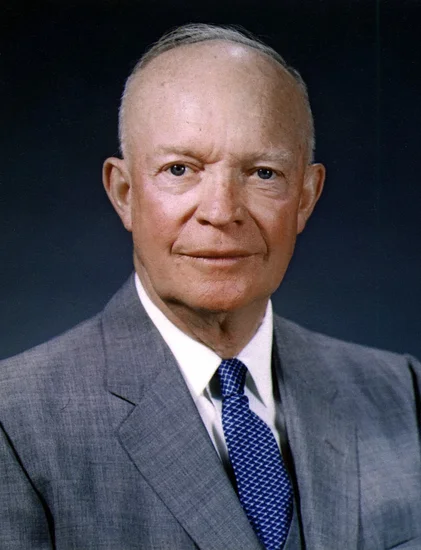
President Dwight D. Eisenhower dedicated the United States Marine Corps War Memorial in Arlington, Virginia, honoring the Marines who died capturing Iwo Jima. The bronze sculpture depicts the famous flag-raising moment that symbolized American determination.
The memorial’s dedication honored the 6,800 Americans who died during the brutal Pacific campaign. The ceremony reinforced America’s commitment to remembering military sacrifice and honoring fallen heroes.
2006 – National Museum of the Marine Corps Opens
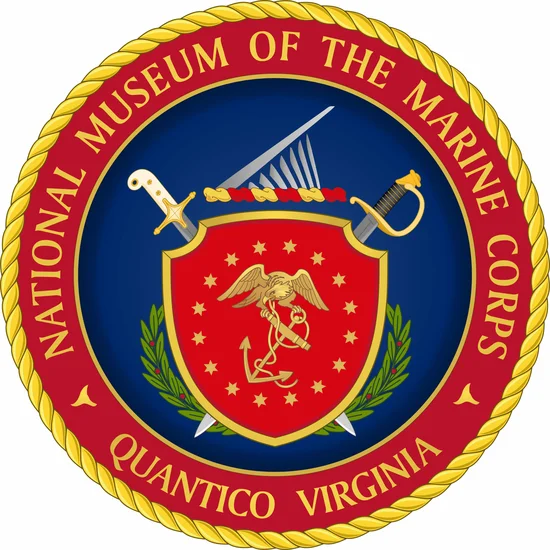
President George W. Bush opened and dedicated the National Museum of the Marine Corps in Quantico, Virginia, celebrating the Corps’ distinguished history. During the ceremony, Bush announced that Marine Corporal Jason Dunham would posthumously receive the Medal of Honor.
The museum’s opening provided a permanent venue for preserving Marine Corps heritage. The facility showcases the courage and sacrifice of Marines throughout American military history.
Science and Discovery Milestones on November 10
1970 – Soviet Union Launches Luna 17

The Soviet Union launched Luna 17, an unmanned space mission that would deploy the first successful robotic rover on the Moon’s surface. The mission represented a significant advancement in remote planetary exploration technology.
Luna 17 carried the Lunokhod 1 rover, which operated for 11 months on the lunar surface. The mission demonstrated the feasibility of robotic exploration and provided valuable data about lunar geology and conditions.
1983 – Bill Gates Introduces Windows 1.0
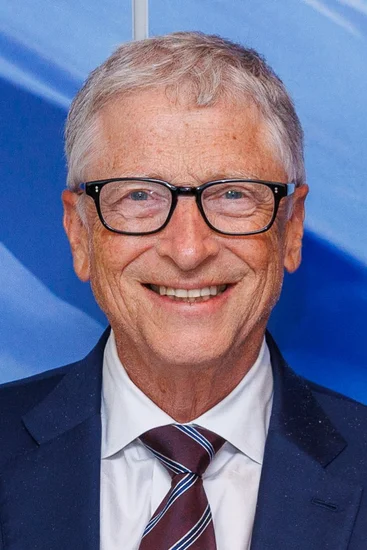
Microsoft founder Bill Gates unveiled Windows 1.0, the company’s first graphical user interface for personal computers. The revolutionary software transformed computing by making complex operations accessible through visual icons and menus.
Windows 1.0 established the foundation for modern personal computing interfaces. The software’s introduction marked the beginning of Microsoft’s dominance in operating systems and fundamentally changed how people interacted with computers.
2008 – NASA Declares Phoenix Mars Mission Concluded

NASA officially declared the Phoenix Mars mission concluded after losing communications with the lander following five months of successful operations. The mission had exceeded expectations by confirming the presence of water ice on Mars.
Phoenix’s discoveries revolutionized understanding of Martian geology and potential habitability. The mission provided crucial data for future Mars exploration and the search for extraterrestrial life.
Cultural and Arts Events on November 10
1939 – F.E. Sillanpää Wins Nobel Prize in Literature
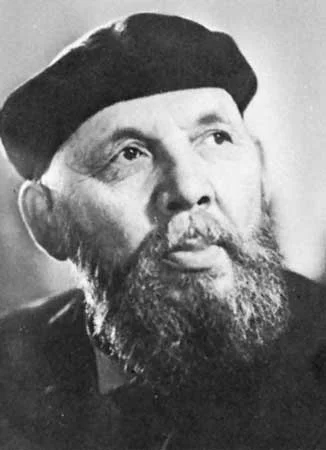
Finnish author F.E. Sillanpää received the Nobel Prize in Literature for his profound depictions of rural Finnish life and the relationship between humans and nature. His works captured the essence of Finnish culture and identity.
Sillanpää’s recognition brought international attention to Finnish literature and culture. His novels and short stories explored themes of social change, rural traditions, and the human condition during Finland’s transformation.
1969 – Sesame Street Debuts on Television
National Educational Television premiered Sesame Street, a groundbreaking children’s educational program that would revolutionize early childhood learning. The show combined entertainment with education to teach letters, numbers, and social skills.
Sesame Street’s innovative approach influenced educational television worldwide. The program’s diverse cast and inclusive messaging helped shape generations of children while promoting literacy and cultural understanding.
1958 – Hope Diamond Donated to Smithsonian

New York diamond merchant Harry Winston donated the legendary Hope Diamond to the Smithsonian Institution, where it became one of the museum’s most popular attractions. The 45.52-carat blue diamond had a mysterious and storied history.
The donation made this priceless gem accessible to millions of visitors annually. The Hope Diamond’s display at the Smithsonian transformed it from a private treasure into a public symbol of natural wonder.
Religious and Social Events on November 10
1995 – Ken Saro-Wiwa Executed in Nigeria
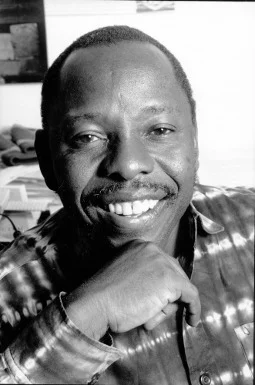
Nigerian playwright and environmental activist Ken Saro-Wiwa was executed along with eight other members of the Movement for the Survival of the Ogoni People. Their deaths sparked international outrage and condemnation of Nigeria’s military government.
The executions highlighted the struggle between indigenous rights and corporate interests in oil-rich regions. Saro-Wiwa’s martyrdom galvanized the global environmental justice movement and increased pressure on multinational corporations.
1975 – UN Declares Zionism as Racism
The United Nations General Assembly passed Resolution 3379, controversially determining that Zionism constituted a form of racism. The resolution sparked intense international debate and damaged the UN’s credibility among Western nations.
The resolution deepened divisions between developing and developed nations within the UN system. This controversial decision was later revoked in 1991, but it demonstrated the organization’s susceptibility to political manipulation.
1967 – Nauru Independence Act Passed
The Australian Parliament passed the Nauru Independence Act, granting independence to the Pacific island nation effective January 31, 1968. The legislation ended Australia’s trusteeship over the phosphate-rich island.
Nauru’s independence represented successful decolonization in the Pacific region. The small island nation’s sovereignty demonstrated the international community’s commitment to self-determination for all peoples.
Business and Economic Events on November 10
1997 – WorldCom and MCI Announce Historic Merger
WorldCom and MCI Communications announced a $37 billion merger, representing the largest corporate merger in United States history at that time. The deal transformed the telecommunications industry landscape.
The merger created unprecedented consolidation in the telecommunications sector. This corporate combination would later become infamous as part of one of the largest accounting scandals in American business history.
1951 – Direct-Dial Coast-to-Coast Phone Service Begins
The rollout of the North American Numbering Plan enabled direct-dial coast-to-coast telephone service for the first time in United States history. The system revolutionized long-distance communication by eliminating operator assistance.
This technological advancement transformed business communications and personal relationships across vast distances. The direct-dial system became the foundation for modern telecommunications networks and international calling systems.
1999 – World Anti-Doping Agency Formed
The World Anti-Doping Agency was established in Lausanne, Switzerland, to coordinate international efforts against performance-enhancing drug use in sports. The organization unified global anti-doping policies and enforcement.
WADA’s creation represented unprecedented international cooperation in sports integrity. The agency’s establishment demonstrated the global sports community’s commitment to fair competition and athlete health.
Transportation and Infrastructure on November 10
1975 – SS Edmund Fitzgerald Sinks in Lake Superior
The 729-foot freighter SS Edmund Fitzgerald sank during a fierce storm on Lake Superior, killing all 29 crew members aboard. The tragedy became one of the most famous maritime disasters in Great Lakes history.
The ship’s sudden disappearance in mountainous waves shocked the shipping industry and inspired legendary folk songs. The disaster led to improved safety regulations and weather monitoring systems for Great Lakes shipping.
1971 – Canadian Pacific Train Derails in Ontario
A 106-car Canadian Pacific freight train carrying explosive and poisonous chemicals derailed in Mississauga, Ontario, creating a massive environmental emergency. The accident forced the evacuation of thousands of residents.
The derailment demonstrated the risks of transporting hazardous materials through populated areas. The incident led to stricter regulations for dangerous goods transportation and improved emergency response protocols.
1985 – Mid-Air Collision Over New Jersey
A Dassault Falcon 50 business jet collided with a Piper PA-28 Cherokee over Fairview, New Jersey, killing six people and injuring eight others. The collision highlighted air traffic control challenges in congested airspace.
The accident prompted investigations into small aircraft safety protocols near major airports. The tragedy led to improved radar systems and communication procedures for mixed aircraft operations.
Sports and Recreation on November 10
2002 – Veterans Day Weekend Tornado Outbreak
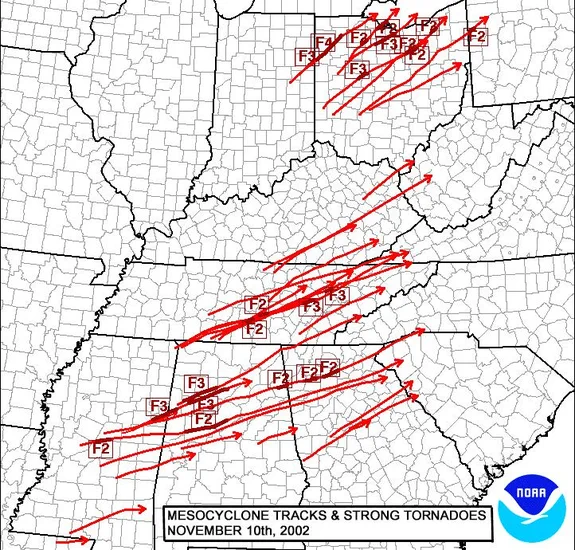
A massive tornado outbreak stretched from Northern Ohio to the Gulf Coast, becoming one of the largest November tornado events on record. The unusual late-season weather pattern produced dozens of tornadoes across multiple states.
The outbreak challenged meteorologists’ understanding of late-season severe weather patterns. The event demonstrated the increasing unpredictability of weather systems and the need for improved forecasting technology.
2009 – Korean Naval Skirmish in Yellow Sea
South and North Korean naval vessels engaged in a brief skirmish near Daecheong Island in the Yellow Sea, escalating tensions between the divided nations. The confrontation involved warning shots and maneuvering by both fleets.
The incident highlighted the ongoing military tensions on the Korean Peninsula. The skirmish demonstrated how quickly diplomatic relations could deteriorate into potential military confrontation.
1910 – San Diego Army and Navy Academy Founded
Thomas A. Davis opened the San Diego Army and Navy Academy, establishing one of California’s premier military preparatory schools. The institution would train generations of military and civilian leaders.
The academy’s founding reflected America’s growing emphasis on military preparedness and disciplined education. The school became a model for military-style education and character development programs.
Notable Births on November 10
1925 – Richard Burton

Welsh actor Richard Burton was born, destined to become one of the most celebrated performers of his generation. His distinctive voice and commanding presence would captivate audiences in theater and film.
Burton’s career spanned classical theater and Hollywood blockbusters, earning him multiple Academy Award nominations. His tumultuous personal life, particularly his relationships with Elizabeth Taylor, made him a constant subject of media fascination.
1919 – Mikhail Kalashnikov

Russian weapons designer Mikhail Kalashnikov entered the world, later creating the AK-47 assault rifle that became the world’s most widely used automatic weapon. His invention fundamentally changed modern warfare.
Kalashnikov’s design achieved legendary reliability and simplicity, making it the preferred weapon for military forces and insurgent groups worldwide. His creation became both a symbol of Soviet engineering prowess and a tool of global conflict.
1928 – Ennio Morricone
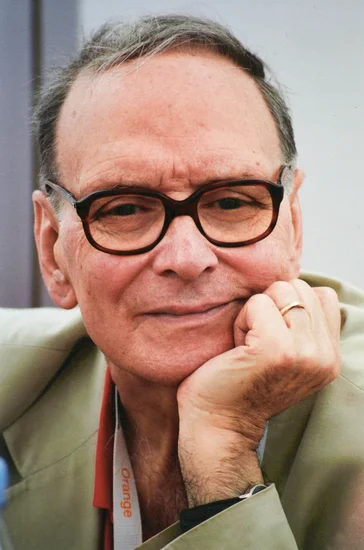
Italian composer Ennio Morricone was born, becoming one of cinema’s most influential musical creators. His innovative film scores revolutionized movie soundtracks and influenced countless musicians.
Morricone’s compositions for spaghetti westerns and dramatic films earned him international acclaim and numerous awards. His distinctive style blended classical orchestration with unconventional instruments and techniques.
1960 – Neil Gaiman

British author Neil Gaiman was born, destined to become one of fantasy literature’s most celebrated voices. His imaginative storytelling would captivate readers across multiple genres and age groups.
Gaiman’s works span novels, comics, and screenwriting, earning him prestigious literary awards. His ability to blend mythology with contemporary settings created a unique narrative voice that influenced modern fantasy literature.
1969 – Ellen Pompeo

American actress Ellen Pompeo was born, later achieving television stardom as the lead character in the medical drama Grey’s Anatomy. Her portrayal would make her one of television’s highest-paid actresses.
Pompeo’s career longevity in a single role demonstrated her versatility and appeal to audiences. Her success helped establish female-led medical dramas as a dominant television genre.
1983 – Miranda Lambert

American country music singer Miranda Lambert was born, becoming one of the genre’s most successful female artists. Her powerful voice and songwriting skills would earn her numerous Grammy Awards.
Lambert’s music combines traditional country themes with contemporary production, appealing to both classic and modern country audiences. Her success helped establish women as major forces in country music’s commercial landscape.
Notable Deaths on November 10
1938 – Mustafa Kemal Atatürk
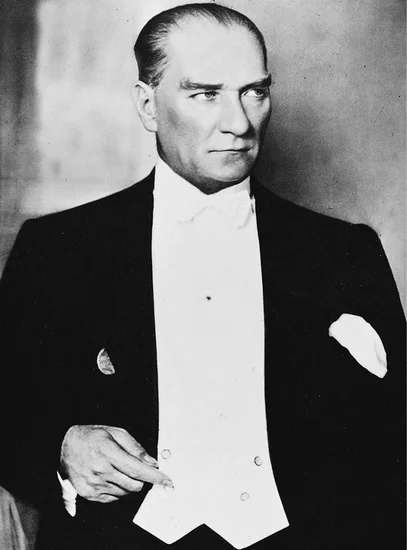
Mustafa Kemal Atatürk, founder and first president of the Republic of Turkey, died in Istanbul at age 57. His death marked the end of an era for the Turkish nation he had transformed from an Ottoman remnant into a modern republic.
Atatürk’s revolutionary reforms modernized Turkish society, establishing secular governance and Western-style institutions. His legacy as a transformative leader influenced nationalist movements throughout the developing world.
1982 – Leonid Brezhnev

Soviet leader Leonid Brezhnev died in Moscow, ending 18 years of leadership during the Cold War’s most tense period. His death triggered a succession crisis that would ultimately lead to the Soviet Union’s transformation.
Brezhnev’s era represented both Soviet military expansion and economic stagnation. His passing marked the beginning of the end for the Soviet system and the start of reforms that would reshape Eastern Europe.
1995 – Ken Saro-Wiwa

Nigerian author and environmental activist Ken Saro-Wiwa was executed by the military government along with eight other Ogoni activists. His death sparked international outrage and sanctions against Nigeria’s military regime.
Saro-Wiwa’s martyrdom highlighted the struggle between indigenous rights and corporate oil interests. His execution galvanized the global environmental justice movement and increased pressure on multinational corporations operating in developing nations.
2001 – Ken Kesey

American novelist Ken Kesey died in Oregon, ending a literary career that defined the 1960s counterculture movement. His novel “One Flew Over the Cuckoo’s Nest” became a defining work of American literature.
Kesey’s writing and lifestyle influenced the hippie movement and challenged conventional social norms. His work explored themes of individuality, institutional authority, and the nature of sanity in American society.
2006 – Jack Palance
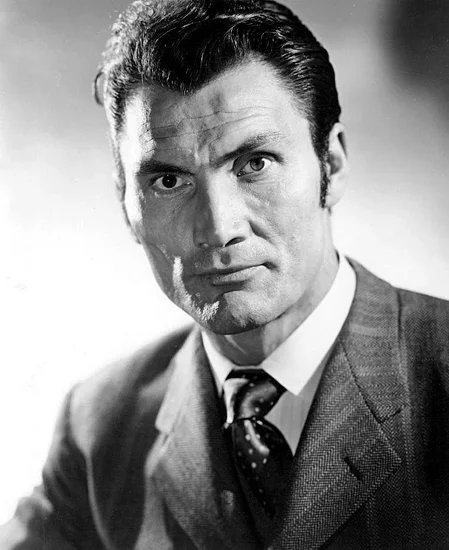
American actor Jack Palance died in California, concluding a career spanning over five decades in film and television. His distinctive appearance and intense performances made him a memorable screen presence.
Palance’s roles ranged from western villains to dramatic characters, earning him an Academy Award late in his career. His unique screen persona and dedication to his craft influenced generations of character actors.
Holidays and Observances on November 10
Heroes Day (Indonesia)
Indonesia commemorates Heroes Day, known as Hari Pahlawan, honoring the fighters who died defending Surabaya against Dutch colonial forces in 1945. The observance celebrates the sacrifice of Indonesian independence fighters.
The holiday reinforces national identity and remembrance of the struggle for independence. Indonesian communities worldwide participate in ceremonies honoring those who gave their lives for national freedom.
Day of Remembrance of Atatürk (Turkey)
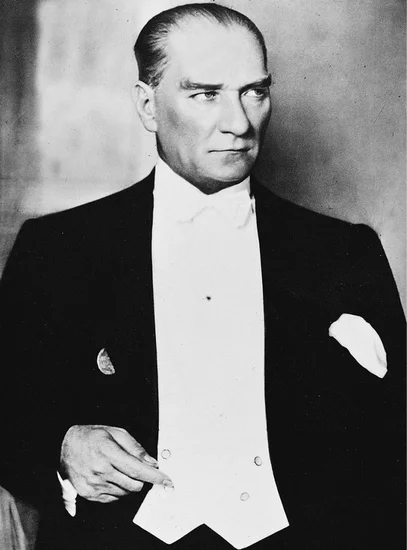
Turkey observes the Day of Remembrance of Atatürk, commemorating the death of the nation’s founder and first president. The observance includes moments of silence and ceremonies honoring his transformative leadership.
The memorial day reinforces Atatürk’s legacy as the architect of modern Turkey. Turkish citizens pause their daily activities to reflect on his contributions to national development and democratic governance.
United States Marine Corps Birthday
The United States Marine Corps celebrates its birthday, marking the founding of this elite military branch in 1775. Marines worldwide participate in ceremonies and traditions honoring their service and sacrifice.
The celebration reinforces the Corps’ proud traditions and esprit de corps. The birthday observance includes formal ceremonies, cake-cutting rituals, and remembrance of fallen Marines throughout the Corps’ distinguished history.
World Science Day for Peace and Development
The international community observes World Science Day for Peace and Development, promoting scientific cooperation and highlighting science’s role in sustainable development. The day encourages global collaboration in addressing humanity’s challenges.
The observance emphasizes science’s contribution to peace and prosperity. Educational institutions and research organizations worldwide participate in activities promoting scientific literacy and international cooperation.
